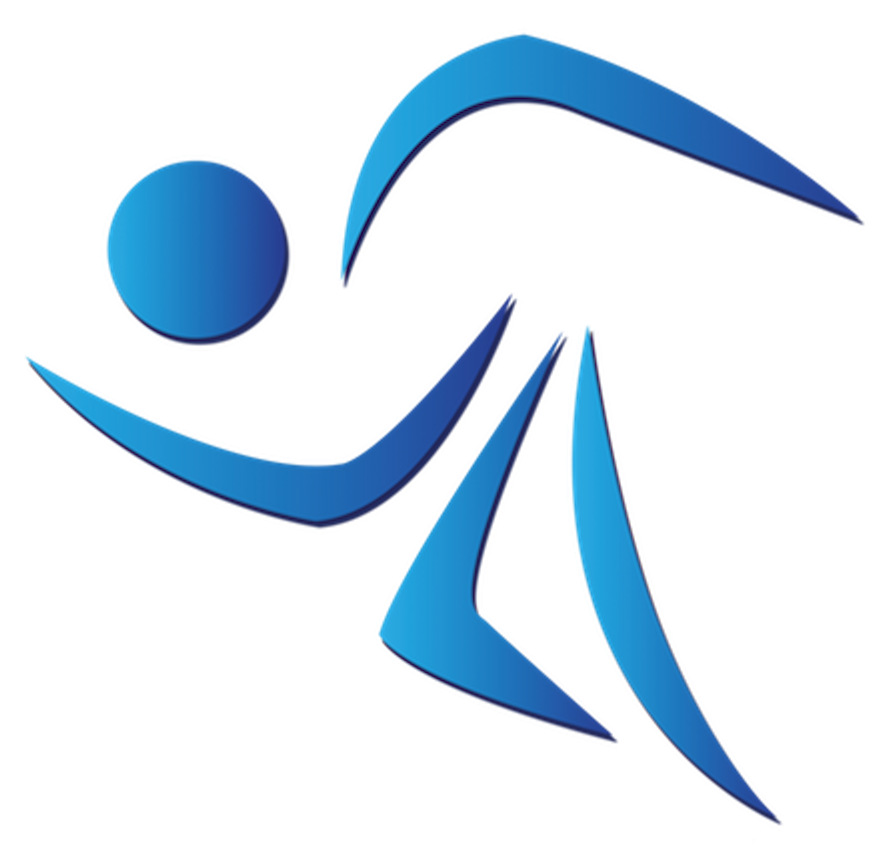
Space for Creative Exploration
“Wise is the man who knows he knows nothing.”

-
It all begins with an idea. Maybe you want to launch a business. Maybe you want to turn a hobby into something more.
-
It all begins with an idea. Maybe you want to launch a business. Maybe you want to turn a hobby into something more.
-
It all begins with an idea. Maybe you want to launch a business. Maybe you want to turn a hobby into something more.
Take a minute to write an introduction that is short, sweet, and to the point.
Functional Movement Screen
The functional movement screen is now a widely used tool by many strength and conditioning coaches. One of the biggest issues that we focus on here at Kinetic Precision is proper mechanics. We need to make sure we look at the pure movement ability of the athlete. By putting these athletes in semi extreme positions that will force out any compensated movements, we can take a look at the stability and/or mobility at different joints, or of a pattern.
Grey Cook and Lee Burton, the minds behind the Functional Movement Systems, have developed a screen to allow us coaches to look at injury potential and overall weaknesses in basic movement patterns. In todays post I want to focus on the philosophy of training the movement pattern and not the muscle.
The Functional Movement Screen (FMS) is composed of 7 movement assessments where you we scored based on joint stability and/or mobility. This is a great tool for us pre-programing because it allows us to take into consideration the individuals fundamental movement issues before we layout a game play. We might find that certain issues are made clear given the results of the FMS. For example, rotary stability is a huge component of most sport and life. An individual involved in the sport of wrestling or lacrosse will require a ton of rotary stability in order to be successful at that sport. If we give that athlete a FMS screen and they score a “1” on the rotary stability, I know that this is a component that I must improve before getting to our more complex movement patterns involving rotary stability.
In training we focus a bit too much on muscles and not enough on movement patterns. I was once told if you can clean up the movement pattern then you can fix the musculature innately. We all have seen various compensations in a squat. If we take a muscular approach there are a million and one different exercises that we can develop and use in order to: strengthen the glutes, adductors and internal rotators of the hip. But why put all of our focus there? Why not just clean up the movement pattern of the squat? If we can clean up the squat technique and reinforce that movement neurologically then we would have fixed the compensation issues and the actual movement itself.
The FMS is a great tool that we use to assess our athletes. In correcting certain issues we need to make sure we focus on movement patterns before musculature. Clean up the movement pattern and myolinate them in the brain and we can fix most underlying issues.
Neuromuscular Training
Strength coaches are continuously trying to find and control the variables that can positively affect the programs that they create. We change set/rep schemes, tempo, center of gravity and much more. There are other factors that we sometimes can over look: purpose. On the physiological side, we look to mimic the movements of that sport. The more sport specific you can get in your programing the higher the likelihood that your gains will be translated on the playing field. What about the mental components of the program? What are your athletes thinking about during there big lifts? Is it possible that the things we think about during our work out can effect the muscle activation during a specific movement?
By training our neuromuscular pathways it is shown that we can fine-tune our muscle recruitment and activation. This helps us as strength and conditioning coaches to bridge the gap between field play and weekly strength and conditioning sessions.
One technique that I use with a lot of my athletes is visualization. During a big lift (Bench, Squat, Dead Lift, etc.) have your athlete go through the movement with little to no weight but mentally visualize a load that for them might seem completely out of range. Cue them on proper technique and have them go through a smooth range of motion. I have found that squeezing the grip on the bar helps to increase the stability of the movement and also increase the level of visualization in the athlete. You can try playing with different variables like breathing, power or approach, some athletes will respond differently to each element. Repeat this for a set of 10 then immediately go into your lift with weight. What we are doing here is trying to trick the brain. If we can mentally convince the brain into believing that it needs to recruit more fibers in order to complete the movement, when you pick up the weight you can experience a larger recruitment rate and a cleaner lift with more control.
This also goes hand and hand with sports visualization. If you look at a movement like the hang/power clean for wrestlers visualization is key. Just like in the sport of wrestling, timing and switching muscle groups on and off is the key to success. By having our athletes visualize a similar technique used in wrestling like a lift into an Olympic throw we can simulate this muscular timing technique in our clean. On the flip side, if our athletes or focused on what they have planned after the session, girl/boy friends or even they’re next meal, the movement tends to fall apart.
By demanding not only the physical but the mental focus of our athletes, we can begin to bridge the gap between training and sport. Give it a try.

